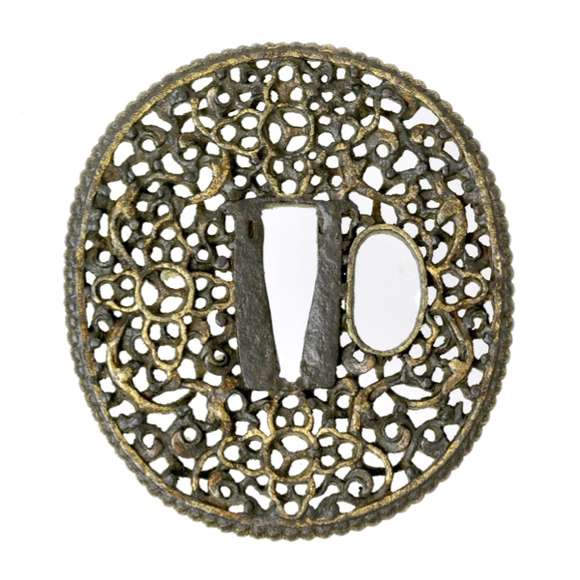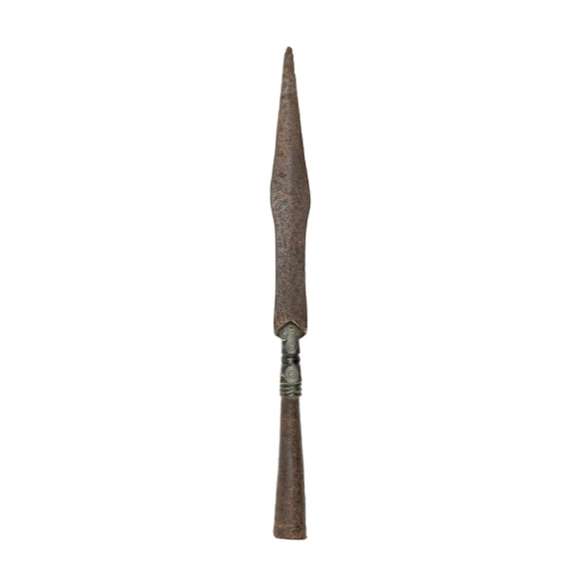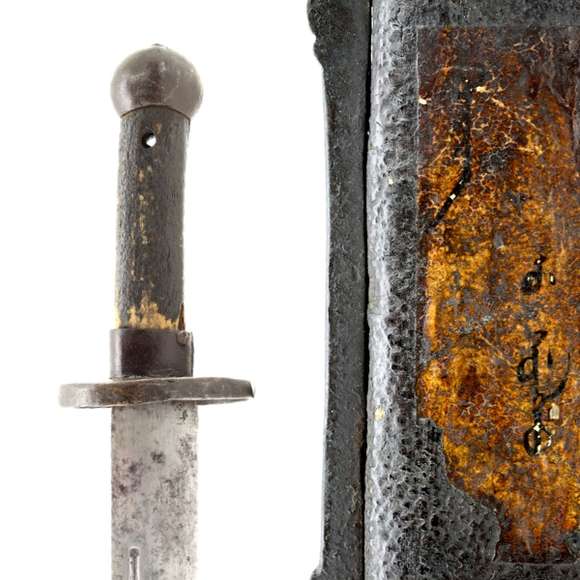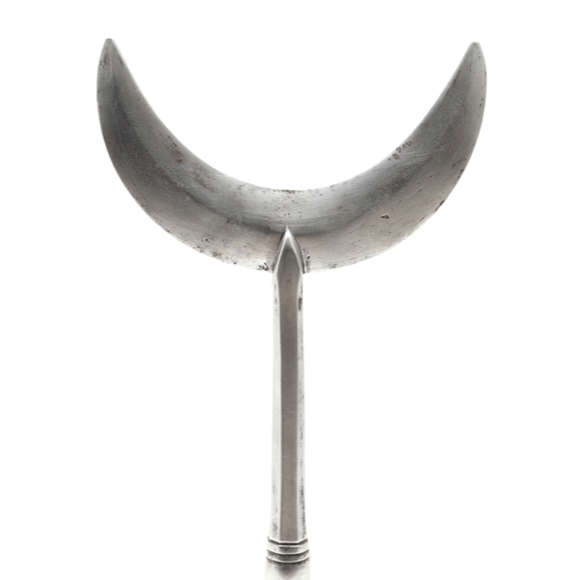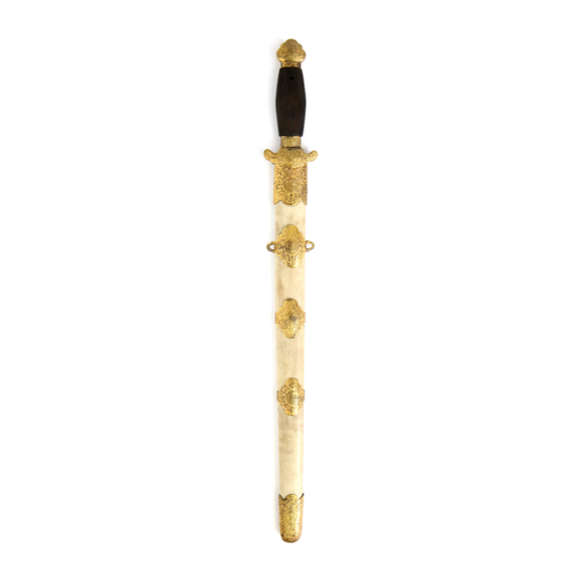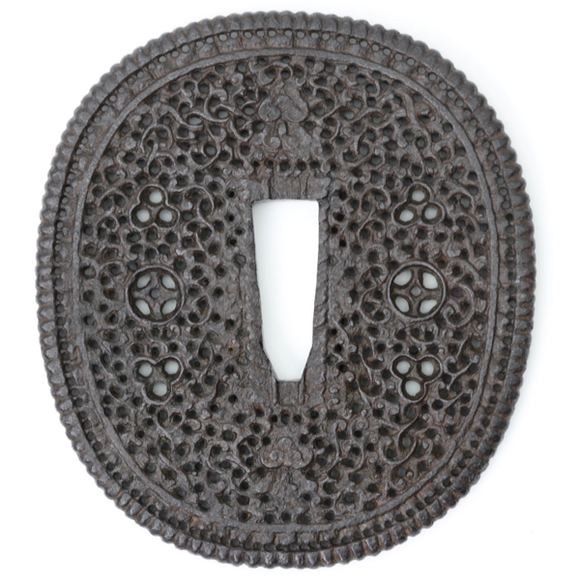Language: Mandarin Chinese
Source: Period dictionary
Description
Shāo tóu (弰頭) means "(bow) ear tip".1
Chinese bows were typically of the composite type, with rigid wooden ears. Shāo tóu is the very tip of that ear. The tips of these bows were often reinforced with a horn or wooden insert.
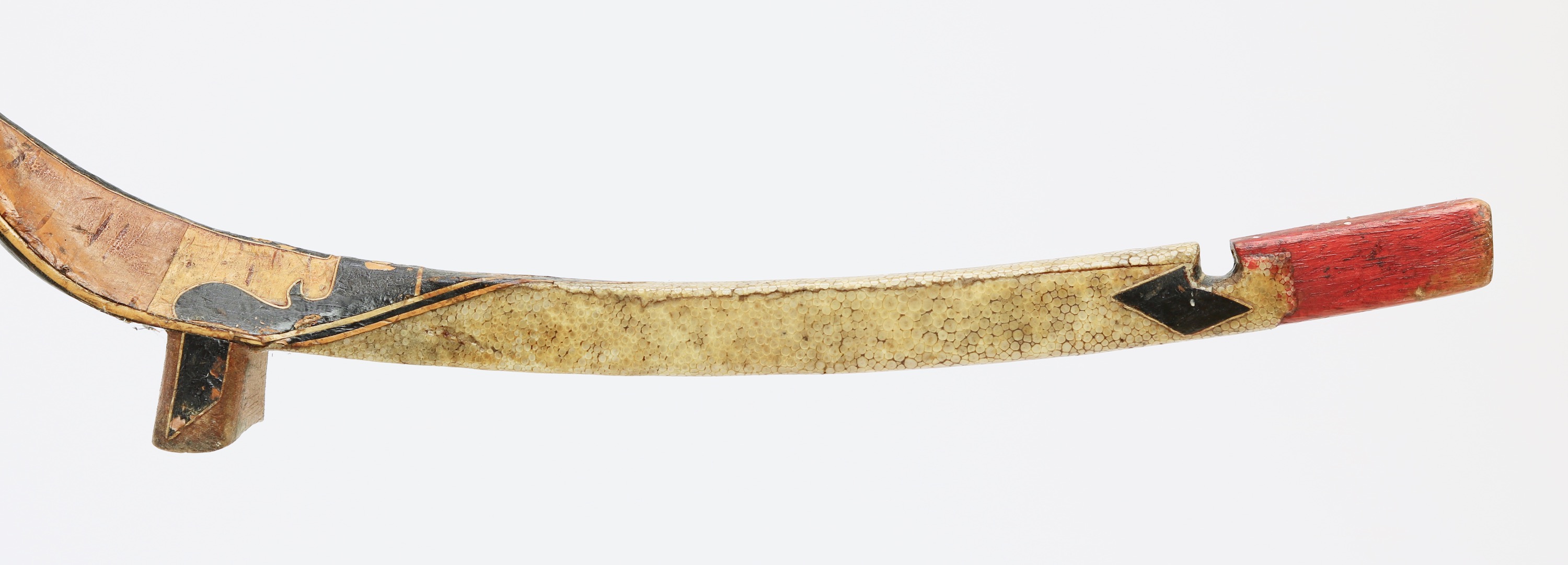
Ear of a Qing bow made by the Changxing workshop, Chengdu. It has a separate inserted shāo tóu or red painted wood.
Sold by Mandarin Mansion in 2019.
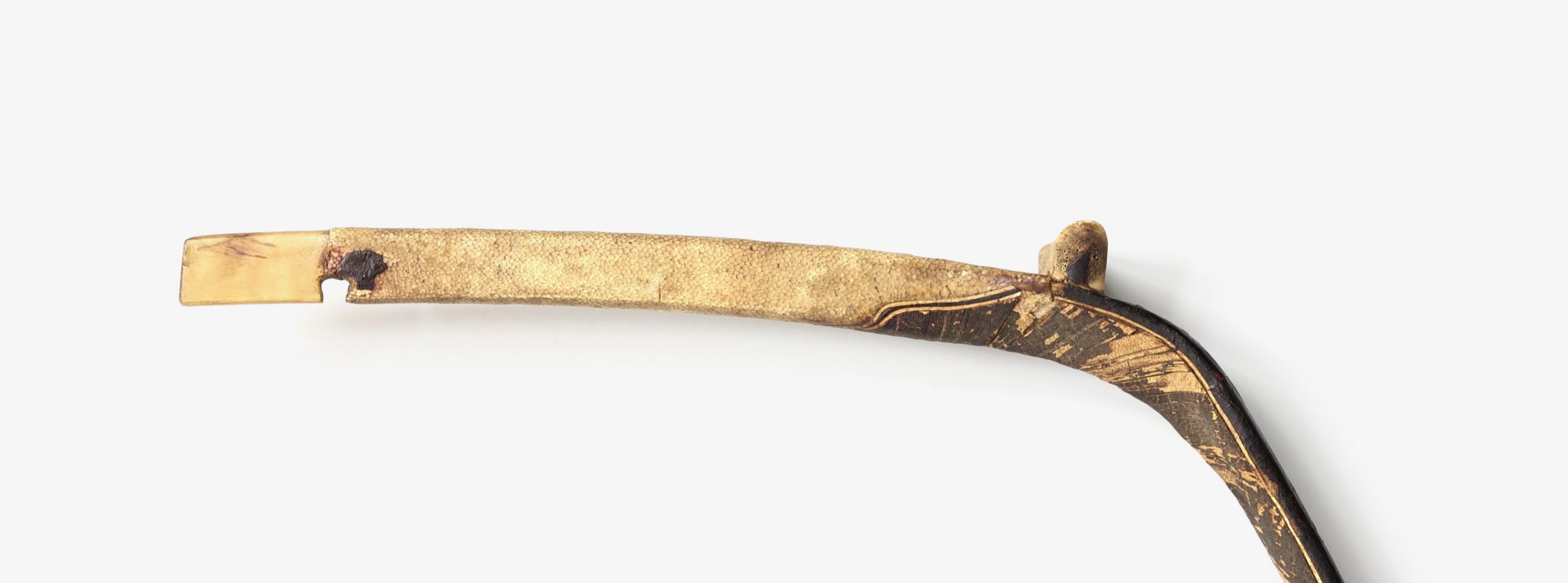
Ear of a Qing bow with a separate inserted shāo tóu of translucent horn.
Sold by Mandarin Mansion in 2018.
Other bow parts
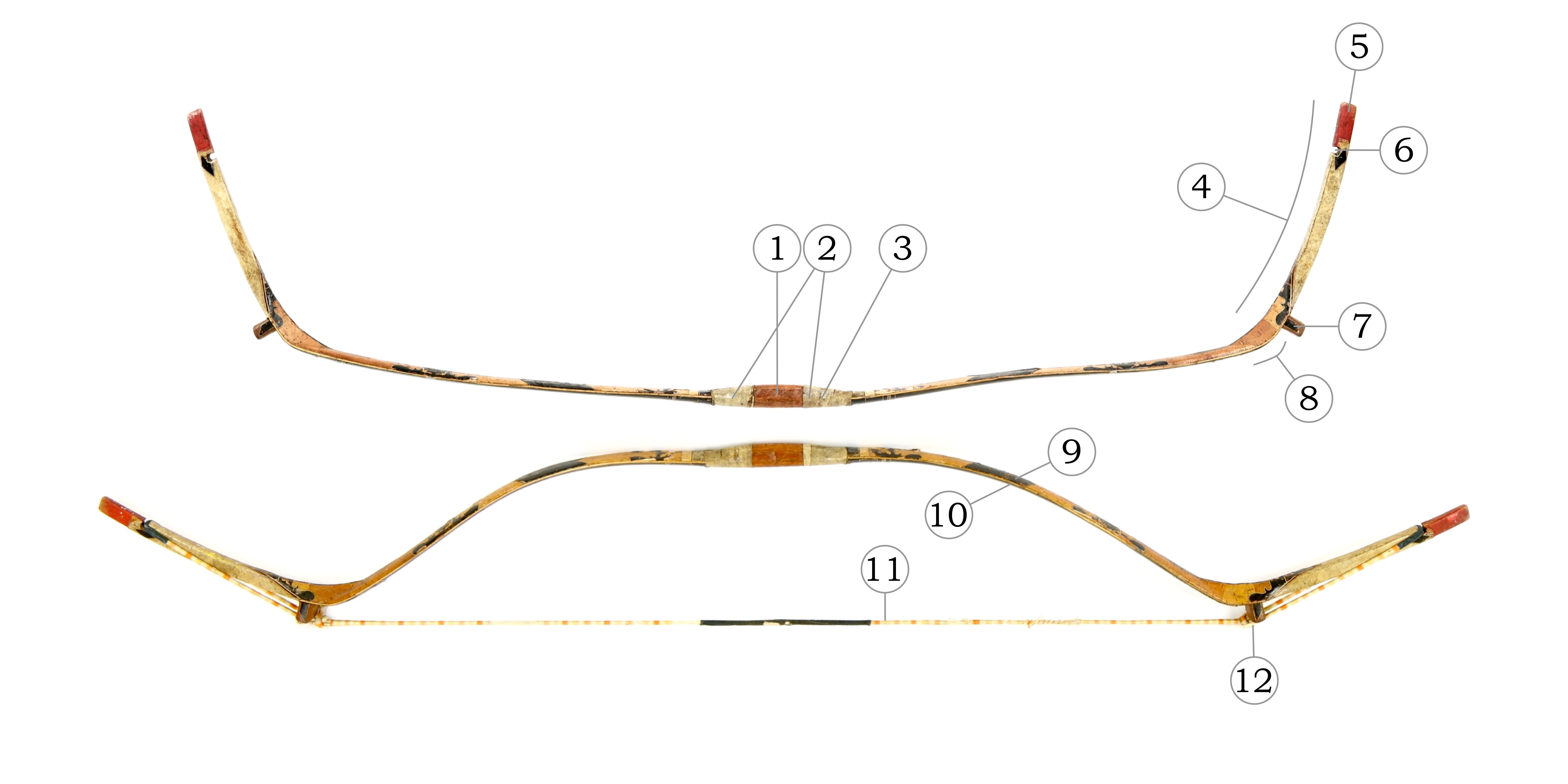
|
# |
English |
Chinese |
Pinyin transliteration |
|
Bow |
弓 |
Gōng |
|
| 1. | Bow grip | 弓弝 | Gōngbà |
| 2. | Sides of bow grip | 弓弝膀子 | Gōngbà bǎngzi |
| 3. | Arrow slipping spot | 箭溜子 | Jiàn liūzi |
| 4. | Bow ear | 弓弰 | Gōng shāo |
| 5. | Tip | 弰頭 | Shāo tóu |
| 6. | String notch | 扣子 | Kòuzi |
| 7. | String bridge | 弓墊子 | Gōng diànzi |
| 8. | Bow knee (lit. "brain") | 弓腦 | Gōng nǎo |
| 9. | Painted birch bark | 畫樺皮 | Huà huà pí |
| 10. | Bow face | 弓面 | Gōng miàn |
| 11. | Bowstring | 弓弦 | Gōng xián |
| 12. | Bowstring knot | 弦挌搭 | Xián gé dā |
Notes
All terms are from: Wuti Qingwen Jian (五體清文鑑) or "Five languages compendium", a Qing imperial dictionary in Manchu, Mongolian, Uighur, Tibetan, and Chinese of circa 1790. Published under the Qianlong emperor.

